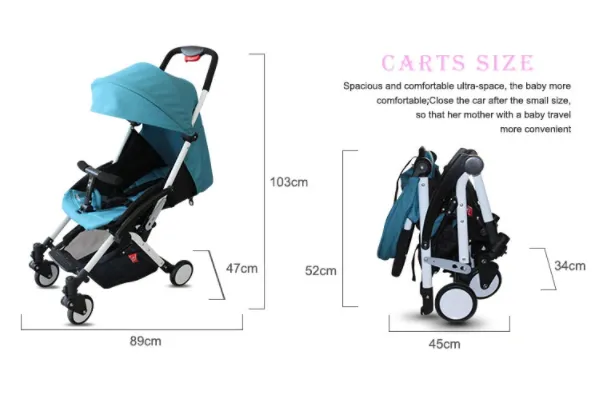
- Afrikaans
- Albanian
- Amharic
- Arabic
- Armenian
- Azerbaijani
- Basque
- Belarusian
- Bengali
- Bosnian
- Bulgarian
- Catalan
- Cebuano
- Corsican
- Croatian
- Czech
- Danish
- Dutch
- English
- Esperanto
- Estonian
- Finnish
- French
- Frisian
- Galician
- Georgian
- German
- Greek
- Gujarati
- Haitian Creole
- hausa
- hawaiian
- Hebrew
- Hindi
- Miao
- Hungarian
- Icelandic
- igbo
- Indonesian
- irish
- Italian
- Japanese
- Javanese
- Kannada
- kazakh
- Khmer
- Rwandese
- Korean
- Kurdish
- Kyrgyz
- Lao
- Latin
- Latvian
- Lithuanian
- Luxembourgish
- Macedonian
- Malgashi
- Malay
- Malayalam
- Maltese
- Maori
- Marathi
- Mongolian
- Myanmar
- Nepali
- Norwegian
- Norwegian
- Occitan
- Pashto
- Persian
- Polish
- Portuguese
- Punjabi
- Romanian
- Russian
- Samoan
- Scottish Gaelic
- Serbian
- Sesotho
- Shona
- Sindhi
- Sinhala
- Slovak
- Slovenian
- Somali
- Spanish
- Sundanese
- Swahili
- Swedish
- Tagalog
- Tajik
- Tamil
- Tatar
- Telugu
- Thai
- Turkish
- Turkmen
- Ukrainian
- Urdu
- Uighur
- Uzbek
- Vietnamese
- Welsh
- Bantu
- Yiddish
- Yoruba
- Zulu
Nov . 01, 2024 01:14 Back to list
Guide to Tuning Your Mountain Bike's Rear Derailleur for Optimal Performance
Adjusting the rear derailleur on a mountain bike is a crucial skill for any cyclist, as it ensures smooth gear shifting and optimal performance on the trails. Whether you're experiencing skipping gears or difficulty shifting, following the right steps can help you achieve a well-tuned bike. Here’s a step-by-step guide to help you adjust your rear derailleur.
Tools Needed Before you begin, gather the necessary tools a Phillips head screwdriver, a 5mm Allen wrench, and a bike stand or a way to hold your bike in place.
Preliminary Checks Start by inspecting your bike. Ensure that the chain is clean and lubricated, and check for any damage to the derailleur, chain, or cassette. Ensure your bike is in the highest gear (smallest chainring in the front and smallest sprocket in the rear).
Step 1 Adjust the Limit Screws Locate the limit screws on the derailleur. There are usually two screws labeled ‘H’ and ‘L’. These limit screws control how far the derailleur can move. The ‘H’ screw prevents the derailleur from moving too far toward the smallest sprocket, while the ‘L’ screw prevents it from moving too far toward the largest sprocket.
1. High Limit Adjustment Shift to the highest gear (smallest rear sprocket). Adjust the ‘H’ screw as needed until the derailleur aligns perfectly with the smallest sprocket. A gap of about 1-2mm is ideal. 2. Low Limit Adjustment Shift to the lowest gear (largest rear sprocket). Adjust the ‘L’ screw until the derailleur aligns with the largest sprocket, maintaining a similar gap.
how to adjust rear derailleur on a mountain bike

Step 2 Cable Tension Adjustment After setting the limit screws, you may need to adjust cable tension to improve shifting performance. If the chain is struggling to shift up to a larger sprocket, increase the tension by turning the barrel adjuster counterclockwise. Conversely, if the chain is over-shifting, reduce the tension by turning it clockwise.
Step 3 Fine-Tuning Now that you have adjusted the limits and cable tension, test the shifting across all gears. Shift through the gears multiple times, paying close attention to how well the derailleur moves. Make small adjustments to the barrel adjuster as needed until you achieve smooth shifting.
Step 4 Final Check Once you’re satisfied with the shifting, perform a final check by cycling through all gears again. Make sure there’s no chain skipping and that the derailleur responds promptly to each gear change.
Conclusion Regular maintenance of your rear derailleur will enhance your riding experience and prolong the life of your components. With these adjustments, your mountain bike will be ready to tackle any trail with precision and ease. Remember that practice makes perfect, so don’t hesitate to revisit these steps regularly!
-
The Ultimate Kids' Four-Wheeler Experience
NewsJul.09,2025
-
The Ultimate Guide to Mountain Bikes: Gear Up for Your Ride
NewsJul.09,2025
-
The New Age of Cycling: Electric Bikes for Every Rider
NewsJul.09,2025
-
The Best Kids Bicycles: Ride in Style and Safety
NewsJul.09,2025
-
The Best 3-Wheel Scooters for Kids: Fun, Safety, and Adventure
NewsJul.09,2025
-
Revolutionize Your Ride: Affordable Electric Bikes
NewsJul.09,2025
-
Finding the Perfect Mountain Bike for Every Rider
NewsJul.09,2025



